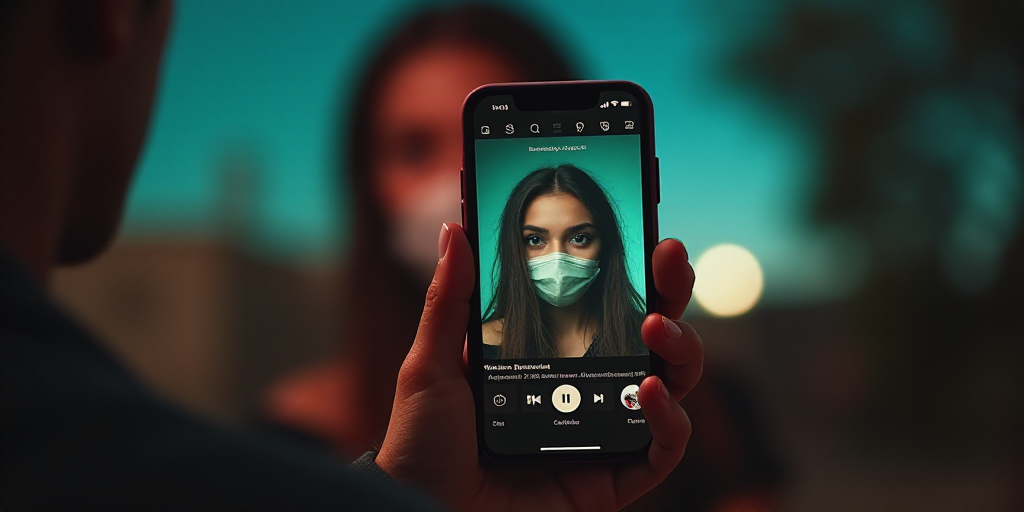Introduction to “Sleepmaxxing”
A viral trend called “sleepmaxxing” is gaining popularity on social media platforms like TikTok and X, promoting extreme sleep routines that promise perfect sleep despite a lack of medical evidence and potential safety risks. Influencers are endorsing various activities and products aimed at optimizing sleep quality, which has led to millions of posts and raised concerns among experts.
Popular “Sleepmaxxing” Techniques
- Neck Balancing:One technique involves tying a cord or belt around one’s neck and swaying in the air, allegedly curing insomnia. While some users claim significant improvement in their sleep issues, this practice has been linked to at least one death due to strangulation in China.
- Taping Mouth Shut: Another popular method is sealing the mouth with adhesive tape to encourage nasal breathing. Although influencers claim numerous benefits, such as better sleep and reduced snoring, a report from George Washington University found insufficient medical backing for these claims.
- Blue or Red Glasses: Some influencers recommend wearing blue or red glasses before bedtime, while others suggest sleeping with heavy blankets and consuming kiwis two hours prior to sleep.
Expert Warnings and Concerns
Timothy Caulfield, a desinformation expert from the University of Alberta, Canada, described these “sleepmaxxing” techniques as “ridiculous, potentially harmful, and lacking evidence.” He emphasized that social media platforms can normalize the absurd when content moderation is minimal.
Kathryn Pinkham, a leading insomnia treatment expert in the UK, expressed concern over the potential harm of these trends for those with genuine sleep disorders. She stated, “Many of the tips shared can be useless or even harmful for individuals with genuine sleep issues.”
Eric Zhou from Harvard Medical School highlighted the danger of setting perfection as a goal for sleep, contributing to “ortosomnia,” an obsession with achieving perfect sleep. He noted that even those who sleep well experience night-to-night variations, and excessive focus on controlling sleep with tricks or rigid routines can lead to increased stress and difficulty sleeping.
Intersection with “Looksmaxxing”
Many “sleepmaxxing” posts focus on physical appearance rather than genuine health improvement, mirroring the “looksmaxxing” trend. This online movement promotes unproven and sometimes dangerous techniques to enhance sexual attractiveness.
Some “sleepmaxxing” influencers capitalize on the popularity of “looksmaxxing” by endorsing products like mouthguards, sleep-improving powders, and melatonin gummies. However, the American Academy of Sleep Medicine (AASM) does not recommend using melatonin for insomnia treatment in adults due to inconsistent medical evidence regarding its effectiveness.
Pinkham warned, “Many of these tips come from non-experts and lack clinical evidence. For those with genuine sleep problems, this advice often adds pressure instead of relief.”
Key Questions and Answers
- What is “sleepmaxxing”? It’s a viral trend promoting extreme sleep routines and products to optimize sleep quality, despite a lack of medical evidence.
- Why are experts concerned? These techniques can be harmful, lack evidence, and may worsen genuine sleep disorders. They also contribute to the obsession of achieving perfect sleep, leading to increased stress and difficulty sleeping.
- How does “sleepmaxxing” intersect with “looksmaxxing”? Both trends focus on appearance improvement rather than genuine health. “Sleepmaxxing” influencers sometimes endorse unproven products popular in the “looksmaxxing” movement.






